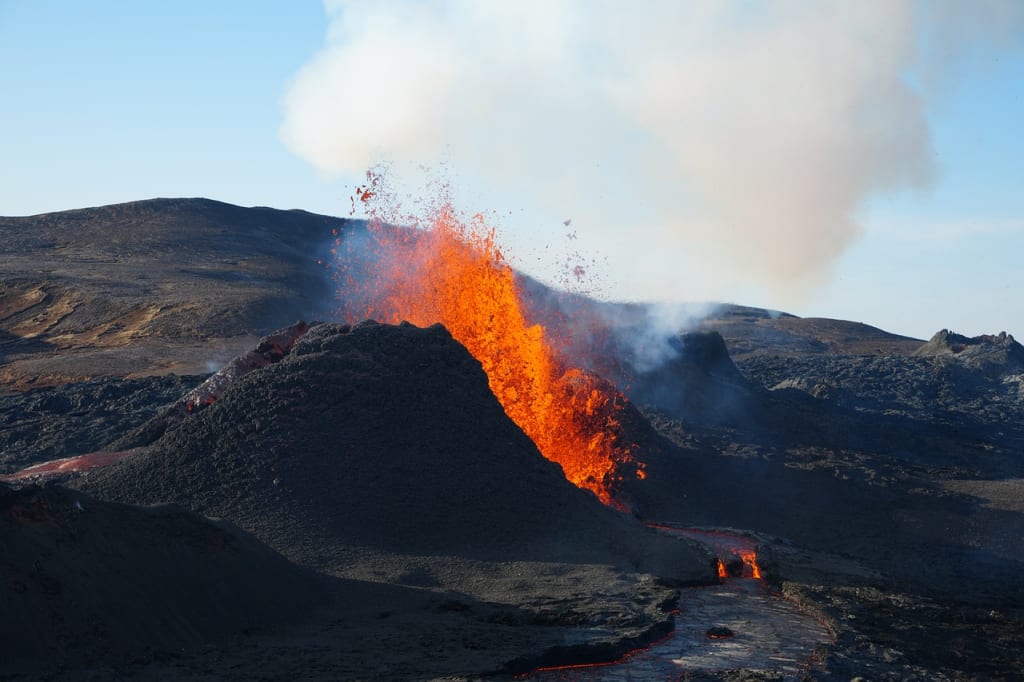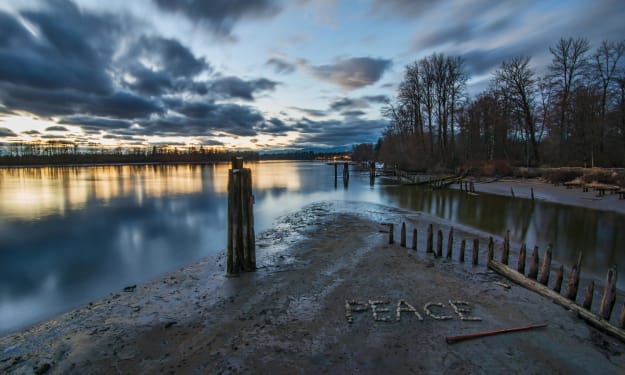Sleeping Giant
Unraveling the Mysteries of Yellowstone's Super-volcano

Introduction:
Yellowstone National Park is renowned for its mesmerizing geysers and hot springs, fueled by the presence of a colossal super volcano beneath its surface. Recent research has shed light on the magnitude of the magma chamber, revealing its immense size and potential implications. While the media often speculates about the likelihood of an eruption, scientists argue that the Yellowstone supervolcano remains stable for now. Though recent seismic activities, though more pronounced, do not indicate an imminent threat.
The Enormous Magma Chambers:
In 2015, University of Utah researchers discovered that Yellowstone's magma chamber was even larger than previously thought, with an additional reservoir underneath. Combined, these chambers hold enough magma to fill the Grand Canyon 11 times over. The pressure from these chambers causes Yellowstone's land to rise 1 to 2 inches annually, emphasizing the dynamic nature of the park's geological activity.
Active Volcano Status:
Yellowstone holds the status of an active volcano, rated 8 out of 8 on the volcanic explosivity index. This rating implies that, if erupted, it could lead to an apocalyptic event. However, experts reassure that the current seismic activity is not alarming, and the conditions required for an eruption are not present.
Monitoring and Warning Signs:
Scientists at Yellowstone Volcano Observatory, led by geophysicist Michael Poland, actively monitor underground activity for warning signs. These signs include earthquake frequency, ground deformation, and changes in thermal features. Despite the occasional seismic activity, experts stress that Yellowstone's supervolcano is not following a predictable timeline.
Super Eruptions in Yellowstone's History:
Yellowstone has experienced at least three super-eruptions in its history, the most recent being the Lava Creek eruption. These catastrophic events ejected vast amounts of volcanic ash and rock into the atmosphere, shaping the landscape over millions of years. While scientists study these past eruptions, they emphasize the unpredictability of volcanic timelines.
Understanding Past Eruptions:
The progression of past eruptions involved warning signs such as increasing ground temperature, frequent earthquakes, and steam fogging. The build-up of pressure beneath the surface caused the ground to uplift, leading to a dome-shaped formation. Narrow cracks appeared, releasing gases and signaling an imminent eruption.
The Catastrophic Consequences:
Super eruptions like the Graze Landing event, around 9 million years ago, had devastating consequences. A pyroclastic flow, consisting of lava pieces, volcanic ash, and hot gases, ravaged the landscape. Ash fallout covered large territories, leading to a global drop in temperatures, and causing an extended period of no summer worldwide. In comparison, the infamous Pinatubo eruption in 1991, considered one of the most powerful, registered a VEI of 6. Despite the alarming rating, experts assert that current conditions do not meet the criteria for an imminent eruption.
Potential Impact Today:
While the likelihood of a super eruption at Yellowstone is deemed low, the potential consequences are grave. The release of toxic volcanic ash could cover vast areas, impacting regions like Colorado, Utah, and Wyoming. Crop destruction, contamination of pastures, and disruption of power lines would lead to widespread chaos. disrupting daily life and causing long-term environmental consequences.
Conclusion:
Despite the dramatic nature of supervolcanoes, the scientific community assures that Yellowstone's current conditions do not point toward an imminent eruption. Ongoing research and monitoring contribute to our understanding of these geological phenomena, emphasizing the importance of preparedness and public awareness without succumbing to unnecessary panic.
While the Yellowstone supervolcano remains a topic of fascination and concern, experts emphasize that there is currently no imminent threat. Ongoing research and monitoring aim to enhance our understanding of Yellowstone's geological activity, ensuring that any warning signs of an impending eruption are detected and communicated promptly.
About the Creator
Peter Kiruu
I Am very passionate about telling great stories, a Fine Artist, Poet and an Author.






Comments
There are no comments for this story
Be the first to respond and start the conversation.